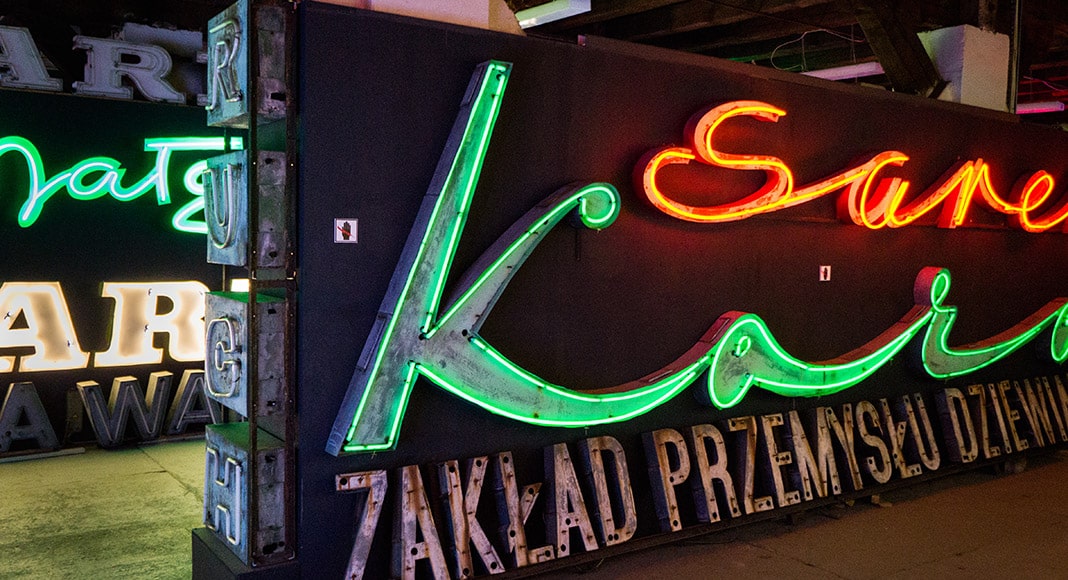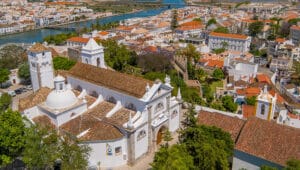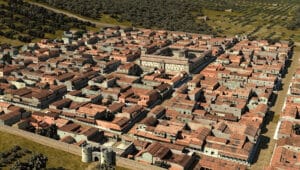As the world continues to self-isolate due to the coronavirus outbreak, it is the perfect time to reminisce about past trips and about how incredible life on this planet truly is. The city of Warsaw was the last place I had the pleasure of visiting just before the virus became a world pandemic. From the top of St. Anne’s Church Bell Tower, I watched as people happily wandered the streets of Warsaw Old Town, unaware of what was to come.
The freedoms we are blessed with today are due to a generation that sacrificed everything to win World War II. People endured unthinkable hardships as around 85% of Warsaw was deliberately destroyed by the German forces following Poland’s attempt to liberate the city during the summer of 1944. It is said that Stalin deliberately halted the Red Army from entering Warsaw allowing the Polish resistance to be crushed before capturing the city.
Throughout history, Nazi Germany wasn’t the only empire to invade Poland. Smack-bang in the middle of Europe, the Poles have always been surrounded by driving forces such as the Russian and the Austrian Empire and the Kingdom of Prussia. As history dictates, whenever one empire falls, the next one marches straight in, so when the Soviet Union ultimately brought an end to the Third Reich, Poland lived for decades under communist rule.
Apart from the charming Old Town, one of the most intriguing places I visited in Warsaw was the Neon Museum located in the Praga District. It is the first neon museum in Europe and aims to document and preserve an era of Polish history that the country has attempted to erase in recent years.
Years of Soviet rule saw several blockhouse estates built around the city of Warsaw and, more famously, the erection of the infamous Palace of Culture and Science, known locally as Chuj Stalina (Stalin’s d***). Many view the building, gifted by Stalin himself, as a reminder of the oppressive rule of the Soviet Union as it reigns over the city skyline. The only silver lining is that the top of the building boasts the best viewpoint of Warsaw, as it is the only place in the whole city where you can’t see the building!
Following a landscape of concrete and dull Socialist Realism, the country was failing to compete with the glamour of other Western Capitals. In 1953, Stalin dies during a time of rising social unrest and so the state propagates a neonisation of the capital to mask a spiralling socio-economy.
Inspired by Paris, London, Hamburg and pre-war Warsaw, neon signs begin to emerge all over the city, paving the way for a period of relative freedom where artists and designers could express themselves in a way they weren’t permitted to do before. However, unlike the other buzzing and consumerism-oriented cities, Warsaw was still under communist rule. This meant that all neon signs held the mere purpose of illuminating factories, shops and services whilst giving the illusion of a once-again leading western country. No brands or logos were ever advertised.
Due to an economic crisis and political opposition during the late 70s, martial law was declared between 1981 and 1983 and Poland was once again heavily reminded of the horror of living under an oppressive Soviet rule. A series of power cuts and shortages marked the beginning of the end of the neon era as they were costly to maintain.
In 1989, a revolution begins in the heart of Poland and spreads throughout the rest of central eastern Europe and beyond, leading to the Fall of Communism. The new emerged Republic of Poland decides that it is time to rid the country of anything that reminded them of the oppressive Soviet rule and all neon signs begin to be neglected and pulled from the streets.
In 2005, British graphic designer David Hill was on vacation in Poland when he was amazed by all the neglected Cold War signs decaying around the capital. Shortly after, both Hill and Polish-British photographer Ilona Karwinska quickly revived Poland’s forgotten neon signs and begun avidly collecting and preserving the forgotten art form. Eventually, they opened Europe’s very first neon museum inside a former weapons factory which accurately accommodates the gritty and concrete feel of the Soviet era.
As soon as you walk in, you are immediately greeted by dozens of colourful neon signs in an old factory lit by nothing but the signs themselves. The museum preserves Poland’s urban history, displaying hundreds of photogenic and electrifying signs that represent an attempt to repress and restrain the people of a past generation.
Due to the virus, we are now also restrained at home, not because we are repressed, but in solidarity for those who in the past fought for the freedom we now enjoy.
By Jay Costa
|| features@algarveresident.com
Jay recently graduated from the Faculty of Fine Artes in Lisbon. Jay’s interests are exploring new cultures through photography and the myths, legends and history that define them. 




























